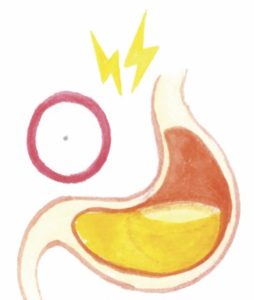
Though the rise of food availability has led to many positive outcomes, it’s had at least one less-than-desirable outcome—it’s made it difficult to listen to internal hunger cues. With fast food restaurants on every corner, food delivery apps, and purses so large they can fit enough snacks to keep you fed for an entire week, it’s no wonder the temptation to eat is overriding internal hunger cues.
Food is within arm’s reach the majority of your day. Because of this, overindulging has become all too easy. The key to becoming more in tune with your internal hunger cues is to start practicing mindfulness. Before you start eating, ask yourself, “Am I really hungry?” If you can easily say no to this, it’s probably best you wait a while longer to eat. If you’re not sure, you can try waiting five to ten minutes and then ask yourself again. You can also try drinking a glass of water first, since we often confuse thirst for hunger.
The goal is to become a more intuitive eater—a person who makes food choices without experiencing guilt, honors hunger, respects fullness, and enjoys the pleasure of eating. Those who succeed in intuitive eating are not only better at managing their hunger but also tend to have a healthier relationship with food.
